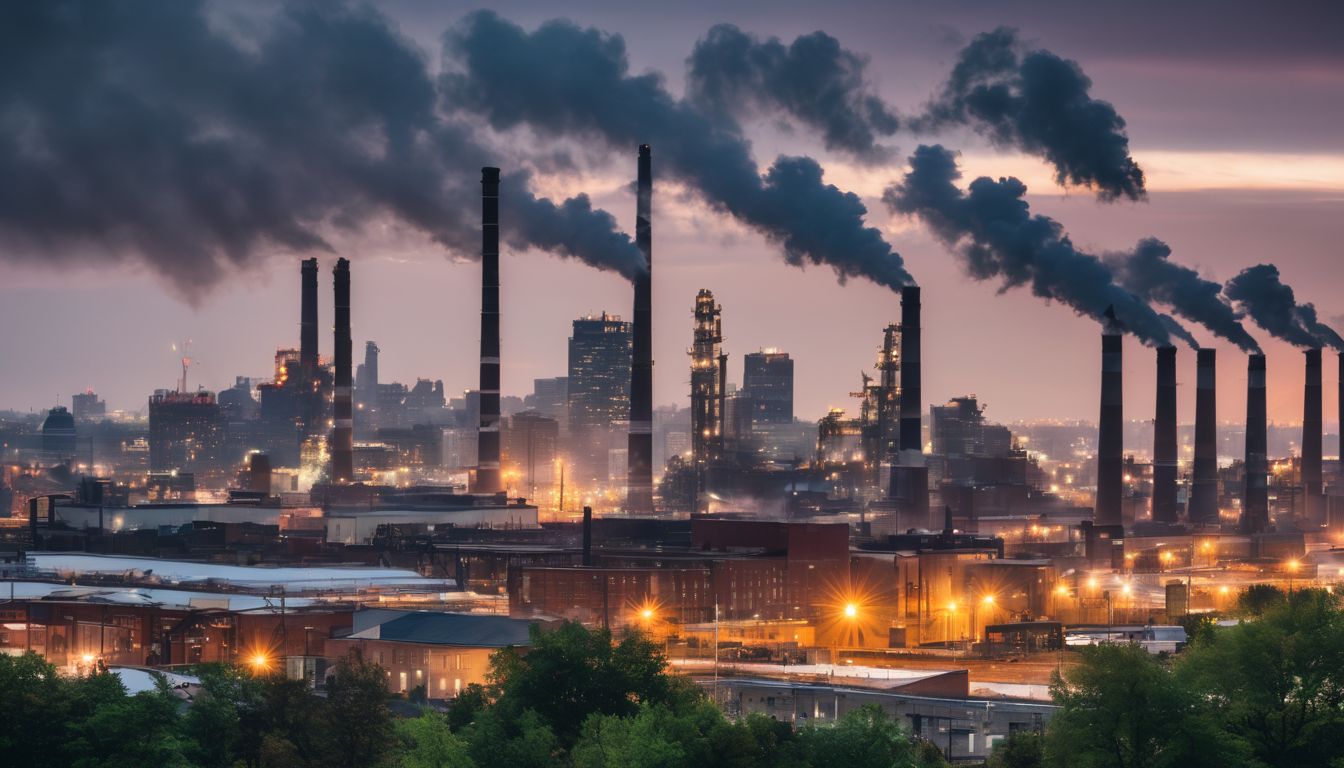Thermohaline circulation—why it matters for all of us… Thermohaline circulation isn’t a phrase you hear everyday. That is, not unless you’re an oceanographer. This fundamental ocean process supports three-fourths of marine life and shapes regional climates around the world.1 Climate change, often referred to as Global Warming, however, could slow or shut down entirely the essential ocean process, creating potentially disastrous consequences for life on earth.
Most climatologists warn that global warming will most likely slow down the thermohaline circulation cycle by 10-50%% within the next 100 years.2A warming climate could speed up the melting of Arctic glaciers, diluting the salty surface water with a large amount of freshwater. In addition, a changing northern climate could mean more rain and snow over the region, diluting the surface water even further. A warmer planet could also mean a warmer Arctic climate, which would warm the surface waters relative to the cooler seawater below. If the surface water never gets denser than the water below it, it may not sink below the cool and salty seawater below, preventing the current from ever entering the “global ocean conveyor belt.”
So, first of all, what exactly is thermohaline circulation? It’s a cycle that drives of what is commonly known as the “ocean’s conveyor belt”—a 1,600 year long process in which all ocean water will flow—twisting and turning around the globe, rising and falling in sea depth, and eventually returning to the same spot to start the cycle over again.3 Put simply, this “conveyor belt” runs because cold water is denser than warm water and salt water is denser than fresh water.
In warm, tropical climates, the sun will heat up the surface of the ocean, making the top layer of seawater less dense. In the Atlantic, the warm water then flows northward onto the colder, denser waters of cooler, northern regions. The water below it can then rise to the surface and get warmed as well, continuing the process. As the seawater travels north, it encounters more wind and evaporates some, getting saltier and cooler. Eventually, near the Arctic, the surface water gets so cold and salty that it sinks down to the ocean floor, where it flows all the way south to the Antarctic and then through equatorial areas the Indian Ocean or Pacific Ocean, where the seawater warms up again and rises to the surface, flowing back to the Atlantic to start the cycle over again.4
The consequences for both marine life and life on land could be drastic if thermohaline circulation slowed down. Thermohaline circulation which mixes ocean layers is key to providing nutrients to marine life on the ocean surface. For example, phytoplankton only live on the surface of the ocean’s waters because it largely subsists off the energy it receives from natural sunlight. Phytoplankton that die slowly sink to the ocean floor, decomposing and carrying nutrients that make it back up to the surface through thermohaline circulation. Without enough nutrients, phytoplankton growth could be limited, cutting off the bottom of the food chain for marine ecosystems.5
As bad as a slowing thermohaline circulation would be, it would not be nearly as disastrous as the ocean conveyor belt stopping completely and abruptly. Most scientists deem that worst-case scenario as a “low-probability, high-impact” event.6 Interestingly, BP CEO Tony Hayward said the same exact thing about the Gulf of Mexico oil spill.7 Although an abruptly stopped thermohaline circulation event was made famous in the movie The Day After Tomorrow, the Union of Concerned Scientists have made assurances that it will not be nearly as quick, widespread, or cause another Ice Age.8 Even under the fastest climate model, it would instead take a few decades and cause only regional cooling.
Why would scientists think that thermohaline circulation stop abruptly? It already happened once, 8,200 years ago.9 According to evidence from ice cores, a century long cold spell during the Younger Dryas coincided with a flood of freshwater from melting glaciers, as well as the halting of the thermohaline circulation.10 Many scientists theorize that the rapid introduction of freshwater into ocean surfaces immediately stopped thermohaline circulation, inducing the massive global cooling of an average of 15 degrees.11Some scientists predict that global warming will cause enough glacial melting to trigger another abrupt cold spell. Other scientists counter that the melting glaciers, cold spell, and halting thermohaline circulation were caused by separate factors or a broader natural cycle.
Nevertheless, if an abrupt shut-down occurred, the consequences would be catastrophic. Thermohaline circulation is responsible for Europe’s warm temperatures relative to other countries at the same latitude. Warm surface waters from the south drift north towards Europe from equatorial regions, providing a moderate climate.12 Shutting it off could mean a regional ice age for northern latitudes. To a smaller degree, the same could go for the East Coast of the United States, since the warmer tropical current also flows northward along the coast.13 It could disrupt ecosystems, reducing agriculture, and increasing storms. A global warming trend could minimize or reverse some of these effects. Equatorial regions, on the other hand, could heat up and experience massive drought and famine.14
Fortunately, recent evidence has shown no signs of thermohaline circulation slowing down. In fact, between 1993 and 2009, measurements of thermohaline circulation provide evidence of a 20% increase. However, oceanographers warn, don’t draw any conclusions from that. This increase is likely part of the natural cyclical pattern that was expected to come at this time as it had in past cycles. According to the IPCC, there’s still a 90-99% chance that the ocean conveyor belt will slow down in the next century.15 The chance of abrupt climate change, no one knows.
Despite all the research, much uncertainty remains. Some scientists scorn the apocalyptic environmental scenarios as wild exaggerations that delegitimize the real, but slow, effects of global warming. Other scientists insist that the possibilities are real, albeit a low risk. They counter that, like with any other disaster preparation, its possibility should spur government officials to do everything they can to do more research and prevent it from happening.16 The best way to do that, and perhaps the only way we know, is to significantly reduce greenhouse gas emissions.




